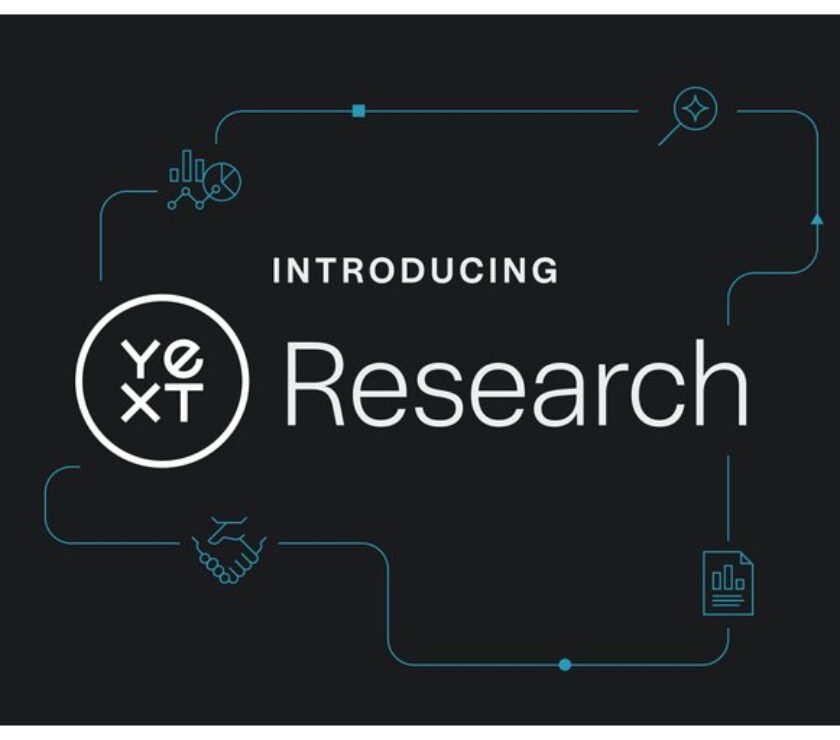The rise of visual search and generative engine optimization (GEO) requires new SEO strategies to keep up. Here’s how to stand out.
The way users search for information online has transformed dramatically. With cutting-edge technologies like Google Lens and search capabilities provided by mainstream large language models (LLMs), the traditional search model that has ruled the internet for the last 20 years is on the verge of being upended. One clear outcome of this shift is the urgent need for marketers and search engine optimization (SEO) experts to rethink their strategies to keep pace with more sophisticated digital algorithms and the rapidly evolving, AI-driven online landscape
Traditionally, SEO revolved around keywords, backlinks and content relevance. However, as the search engine revolution unfolds, these elements alone won’t cut it anymore. Emerging generative search engines and tools like OpenAI’s ChatGPT offer a chatbot-like interface that creates a conversational experience instead of just presenting a list of websites with meta descriptions. At the same time, fewer and fewer searches actually bring traffic to websites, as around 60 percent of all searches are zero-click, which can be attributed to advancements like Google’s AI Overviews.
Meanwhile, visual search enables users to find information using images and videos, moving away from the traditional text-based approach. Mainstream adoption will take time. A recent consumer survey from EMarketer shows that only 10 percent of US adults use visual search frequently. Still, Google Lens already boasts nearly 20 billion visual searches every month, with online shoppers using it to find deals on items that caught their attention both online and offline, according to Google.
This shift means that incorporating visual elements is becoming essential for brand visibility, and embracing generative search engine optimization (GEO) brings a new set of rules that sometimes stray from conventional SEO practices.
More on MarketingAI Powered Search Is Changing the the Internet. How Should You Respond?
While data collection and analysis will remain the cornerstone of effective online marketing in the immediate future, the nature and quantity of that data will be radically different. To keep up with the visual search trends, SEO tool providers and marketing teams will have to become more efficient at extracting and processing image metadata, visual context, alt text, and even image compositions.
Additionally, early research indicates that generative search engines differ from traditional ones, especially in the types of content they favor. It seems that having an authoritative voice, credible references and thorough sourcing can really boost the chances of your content being included in AI-generated responses. This shift means that how we organize, source and present information — essentially the structural elements of content — are becoming more important than traditional SEO tactics like keyword density and placement.
Image data is much larger than text data. Firstly, text is essentially one-dimensional – a sequence of characters. Images are two-dimensional arrays, with each pixel containing multiple values, creating a multiplicative effect on size.
Furthermore, text is highly compressed information. A single word like “mountain” requires just a few bytes, but conveys a rich concept. An image of a mountain needs to store color and intensity values for thousands or millions of pixels. Given this reality, SEO tool developers will need a more advanced mechanism of data gathering and additional storage space.
The demand for data is also growing because the improvement of AI-powered search itself depends on data. To train and refine these engines, developers need to feed them data on search results that users find relevant and engaging. This creates a feedback loop where better data produces better search engines, which in turn generate more sophisticated user behaviors to be studied.
The transformation of search engines calls for new analytical tools that align with the modern ways people search for information online. Previous SEO tools were designed to identify web pages that ranked at the top of traditional search results. However, in the new era of internet search, things get a bit more complex. The new search engines don’t just rank and list links – they generate detailed answers on their own, sometimes citing sources within or beneath their responses.
Consequently, getting your site to rank higher now requires a different optimization approach. Developers of tools need to understand the sources that AI-driven search engines rely on to generate answers for user queries. This involves utilizing real-time data collection methods to track generative search engine choices and ranking of sources.
Additionally, new SEO and GEO tools should be capable of analyzing images and videos and offering practical insights on how to craft compelling visual content. Here are some of the capabilities they need to have:
The novelty of visual and generative search means that best practices are yet to be established. For this reason, marketers need to adopt an experimental mindset, systematically testing different strategies and measuring their effectiveness. This could include:
During this period of transition, organizations that succeed in establishing robust testing and data collection processes will find themselves at an advantage.
More on MarketingWhy You Need to Use SEO Outside of Google
The search engine revolution presents both challenges and opportunities for marketers in the online environment. Although the complete picture of this revolution is yet to unfold, it’s certain that the underlying concepts of data-informed decision-making still apply. The difference, however, is in what data is gathered, how it’s processed, and how the insights are put into action.
Integration of data from multiple sources is paramount in today’s digital marketing. It will only be more so in the imminent future. Successful campaigns will leverage data from multiple sources: traditional SERPs, visual search results and generative search citations.
Companies willing and able to invest in understanding the new search landscape, develop the necessary analytical skills, and create content optimized for both visual and generative search will position themselves for success in the digital marketplace. The methods may change, but the ultimate goal remains the same: aligning users with relevant, useful content that addresses their real needs and objectives.
website SEOWebsite Traffic

